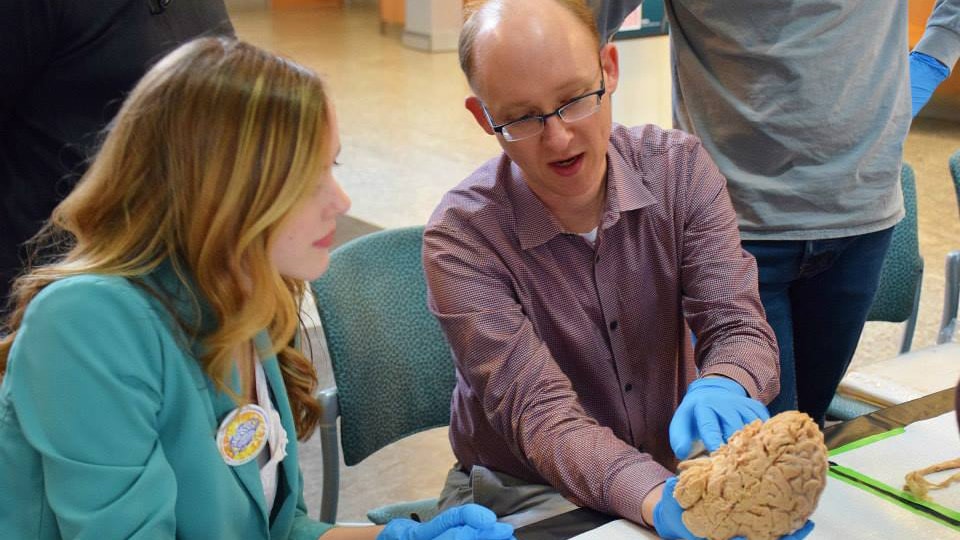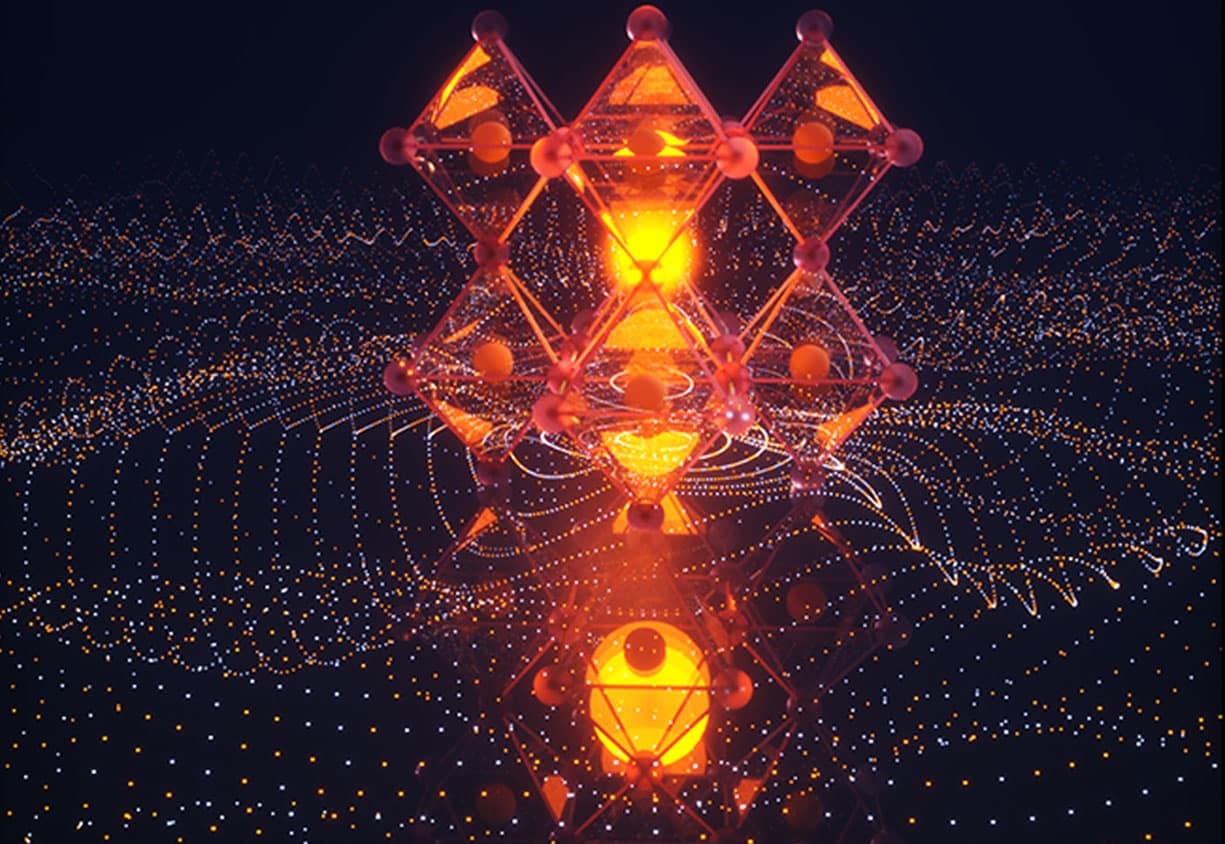60 Seconds With Neuroscientist John Meitzen

In addition to his teaching duties, John Meitzen runs a lab that uses rats to study a specific neuron in a region of the brain called the striatum. It’s part of his research on how neuron function differs between males and females. He’s also active in efforts to talk about science with the public, receiving the Society for Neuroscience’s Next Generation Award in 2016 for his work as one of the pioneers of Brain Awareness Night. It’s an annual event at the N.C. Museum of Natural Sciences in Raleigh that brings in neuroscientists to talk with everyone from young kids to seniors about how the brain works.
What attracted you to neuroscience? Neuroscience is the study of anything associated with the brain and behavior. How are we the people that we are? How do we see? How do we hear? There’s nobody who hasn’t been touched in some way by some problem with the nervous system. My own father has Alzheimer’s disease. If you visit our veterans, we’re talking about PTSD and traumatic brain injury. If you visit our seniors, they’re worried about Parkinson’s disease. Even on campus, we have mental health issues. So what attracted me to this field was this beautiful coupling of the bigger picture questions with a concrete and practical study of how it works.
Is the brain difficult to study? It’s basically like trying to study the engine of a car while it’s running. We know a lot about how the brain works, but there is a lot that we don’t know. Brain science is hard. But that is an opportunity and a challenge. There’s honor in studying something that is difficult.
How much do we know about the brain? There has been incredible progress in localization of function, like what brain regions control what. There’s been impressive progress in treating multiple brain diseases. So we know a lot, but there are challenges that remain. Obviously, our field hasn’t cured Alzheimer’s disease yet.
Why can’t we figure out Alzheimer’s? There are thousands of people — thousands of really smart, driven people — who have made it their life’s work to try to figure this out. And substantial progress has been made. We have medications now that can slow the progression of Alzheimer’s in many individuals. The reason why progress can sometimes be slow, especially to someone looking from the outside, is that it is hard. It is so hard. In the brain region that I study alone, there are 3 million medium spiny neurons — 3 million of them making who knows how many connections with each other.
Why do you participate in events such as Brain Awareness Night? It is incumbent upon practicing scientists to venture outside the lab every once in a while to try to explain these things that affect people’s daily lives. That is part of what we can do to improve scientific literacy in our community.
This article was originally published in NC State magazine.
- Categories:


